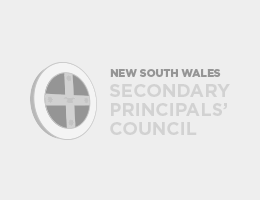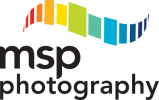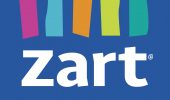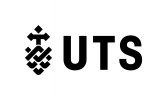MYSCHOOL GETS ‘F’ FOR NUMERACY
The Principal of a comprehensive public high school in Sydney’s western suburbs opens up the My School website to find its NAPLAN results headed mostly in red and pink, indicating that not only is their performance below the national average on just about everything, but they are even below the “similar schools” average on quite a few. The national comparison wasn’t a great surprise, since one in three Year 7/9 students is a newly arrived migrant (many of them refugees) and 85% of the students overall come from a non-English-speaking background. But the “similar schools” comparison hurts.
The picture on the “similar schools” page itself was even worse, with purple highlights all over the place, indicating that the school’s averages were either “below” or “substantially below” most of the other schools on the list.
As a parent, what do you make of this? The Deputy Prime Minister, Julia Gillard has invited parents to “rouse on” their school’s principal in these situations. But the fiercely supportive community of this school are far more likely to rouse on the DPM for insulting their school and the work it is doing.
Before the data was removed, My School told the world that almost half of the school’s families came from the upper end of the educational advantage scale. If those families were actually in the school, the Principal couldn’t find them in the school’s records of parent occupations and the like. On the contrary, it seemed that the vast majority – around 80-90% of the students – came from families squarely at the other end of the spectrum. It didn’t make sense.
The western suburbs are a patchwork, demographically speaking. It’s true that people fitting the “high advantage” profile live in some of the leafier parts of this school’s drawing area, but few of their children go to the local high school; many attend one of several private (mostly religious) schools and colleges in the area.
This pattern is repeated in areas all around Sydney and there is no reason to believe that the same thing is not happening in other parts of NSW and in other states. The options available to more well-off parents mean that they are able to extend the educational advantage of their children and who can blame them?
But their choices confound attempts by ACARA1 to set up the kind of shopping guide that the DPM wants My School to be. For reasons that only they can explain, ACARA does not use the kind of student enrolment data that the Principal turned to. They use average values of 2006 census collection districts (CCDs) instead. Their calculations can only be accurate if the students from each CCD aren’t segregated by their parent’s choice of school.
To be fair, ACARA are sufficiently aware of this to invite system authorities, where they are able to, to make adjustments to the index2 on which the similar schools lists are based. However this part of the process is anything but transparent. We are told by ACARA that around 6.5% of schools nationally had their index adjusted on review. But we haven’t been told which schools, what data or criteria the local authorities used, or how much change was involved in particular cases.
A recent study of My School data by the NSW Secondary Principals’ Council indicated that, on a scale where a few points can change the colour codes, some NSW schools had their index shifted by over 100 points from ACARA’s original calculation. The school described here was apparently shifted by around 80 points, otherwise the colour scheme of its My School profile would have looked even worse. Fortunately for them, the NSW Department of Education knew its schools much better than ACARA and was able to retrieve the situation to some extent. It hasn’t made it right, from the school’s perspective, but it’s better. The community breakdown – which was clearly wrong – has been removed.
When corrections of that order are needed to bring ACARA’s figures into line with what schools and systems know, how serious can the Deputy Prime Minister be when she asks parents to judge their school’s NAPLAN performance this way?
Even without calculation errors, what is the point or comparing, for example, schools that are openly (or covertly) selective with those that take everybody? ACARA makes no distinctions in its similar schools list between schools that select especially bright students and schools, such as the example here, that work – often heroically –with large numbers of newly arrived migrants and refugees and send many of them off to university at the end of Year 12.
ACARA’s feeble and misleading attempts at school-to-school comparisons should be abandoned next time around and the existing pages removed from the website. They need to invite schools to publish information about what they are doing and the challenges they face, that is actually useful and meaningful to parents, not just a list of average test results that conceal far more than they reveal.
They should respect the intelligence of the public and give them rich data, like the kind that annual reports already contain. Let parents know the full situation with regard to fees, enrolment practices, religious requirements, specialist facilities and the rest.
Parents could then make their own school comparisons where they wish to, using the kinds of information and criteria that are meaningful to them. They don’t need to be confounded and misled by dodgy, colour-coded comparisons that even the statisticians can’t get right.
28 March 2010
Bernie Shepherd, AM, FACE, is a retired NSW High School Principal, former member of the Board of Studies in NSW and office-bearer in both the NSW Secondary Principals Council and the Australian Secondary Principals Association.
1 Australian Curriculum, Assessment & Reporting Authority
2 Index of Community Socio-Educational Advantage (ICSEA)















